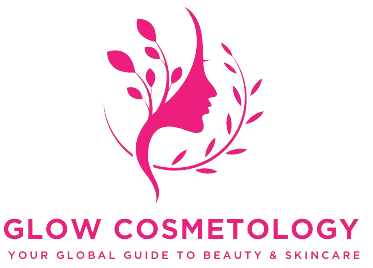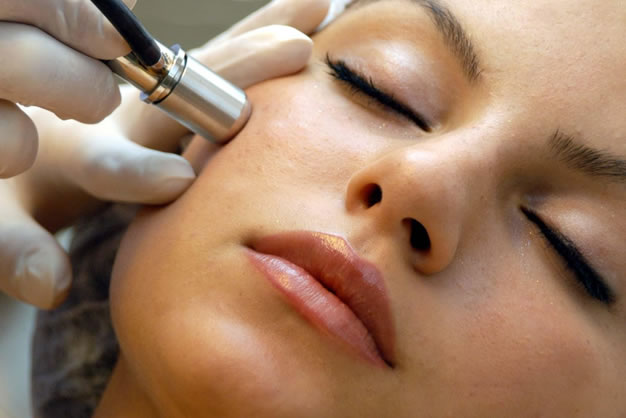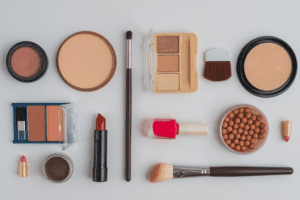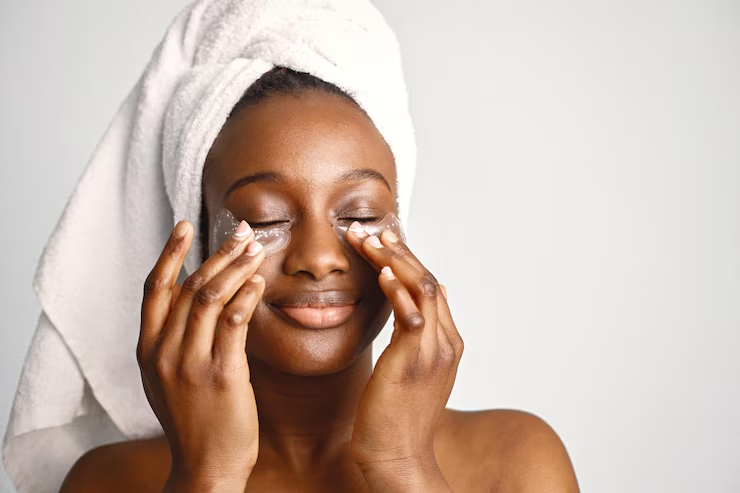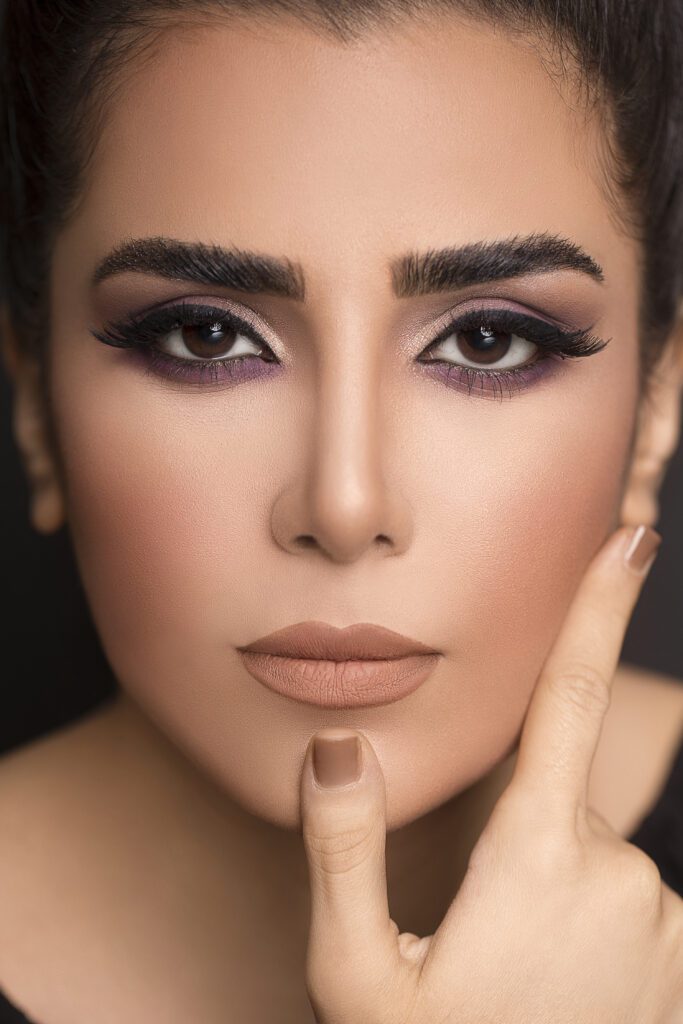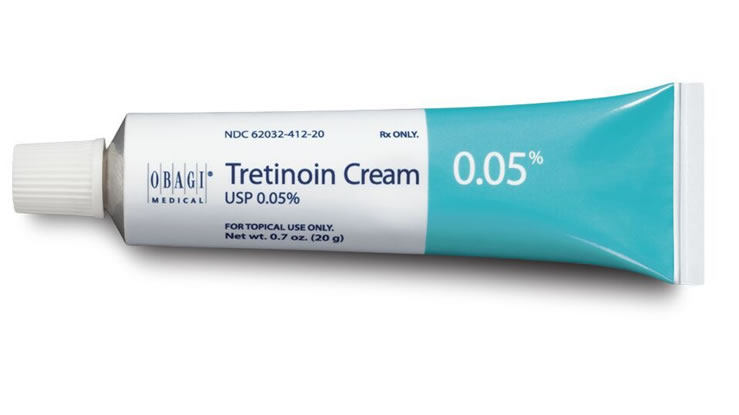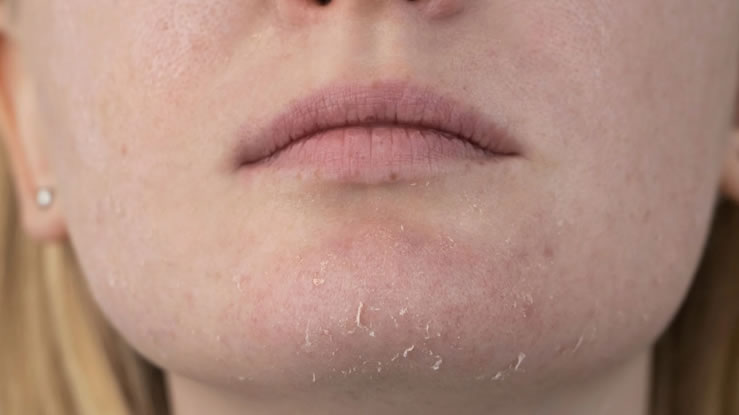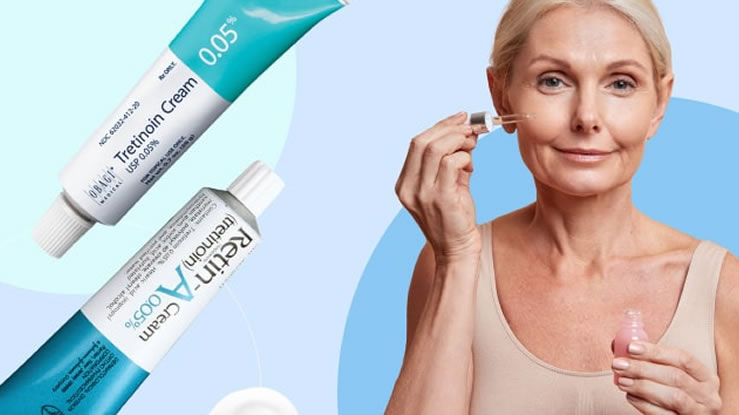Microdermabrasion is a non-invasive skincare treatment that gently removes the outermost layer of dead skin cells. It uses a specialized device to exfoliate the skin and promote cell turnover. This process can leave the skin looking smoother, fresher, and more radiant. Many people choose this treatment to address minor skin concerns without undergoing more invasive procedures.
The technique has been widely used in cosmetic dermatology clinics and spas for decades. It offers a balance between noticeable results and minimal downtime. While it may sound technical, the procedure is straightforward and typically well-tolerated by most skin types.
Read Also>>>How to get rid of dark skin after waxing?
How Microdermabrasion Works
Microdermabrasion is performed using a device that delivers either fine crystals or a diamond-tipped wand to exfoliate the skin. These tools remove the dead cells from the skin’s surface. At the same time, a gentle suction mechanism collects these cells, leaving the skin clean and ready to absorb skincare products more effectively.
The process stimulates blood circulation in the treated area, which supports skin regeneration. Increased cell turnover helps replace dull, rough skin with fresher, more even-textured skin. Over multiple sessions, this can lead to a noticeable improvement in overall skin tone and clarity.
Types of Microdermabrasion
While the goal of all microdermabrasion treatments is similar, there are two main methods:
Crystal Microdermabrasion
This method sprays fine crystals onto the skin through a handheld device. The crystals abrade the outer layer while the vacuum function removes both the crystals and dead skin cells.
Diamond-Tip Microdermabrasion
This technique uses a wand coated with diamond particles. The wand is gently moved across the skin to exfoliate it. The diamond-tip approach can be more precise, especially for sensitive areas around the eyes or mouth.
Both types can achieve similar results, but the choice often depends on the client’s skin type, concerns, and the practitioner’s preference.
Benefits of Microdermabrasion for the Face
Microdermabrasion can address a wide range of skin concerns. Some of the most common benefits include:
Smoother Skin Texture
Removing the layer of dead skin cells reduces rough patches and leaves the skin feeling smoother to the touch.
Brighter Skin Tone
The exfoliation process reveals newer skin underneath, which can make the face appear brighter and healthier.
Reduction in Fine Lines
By encouraging collagen production and cell renewal, microdermabrasion can soften the appearance of fine lines.
Improvement in Mild Acne Scars
Superficial acne scars can become less noticeable as the skin’s surface is smoothed over multiple sessions.
Better Product Absorption
After treatment, skincare products can penetrate more deeply, making them more effective.
Support for Even Pigmentation
Mild hyperpigmentation and age spots can fade over time with regular treatments.
Conditions Microdermabrasion Can Help With
While it is not a cure for severe skin conditions, microdermabrasion can be beneficial for:
-
Uneven skin tone
-
Enlarged pores
-
Superficial scars
-
Sun damage
-
Dry, flaky skin
-
Mild pigmentation irregularities
What to Expect During the Procedure
Before the treatment begins, the skin is cleansed to remove makeup, oil, and impurities. The practitioner then uses the microdermabrasion device across the face in gentle, sweeping motions. The sensation is often compared to a mild scratching or vibrating feeling.
A full facial treatment typically lasts between 30 and 60 minutes. It is painless for most people, though some may experience mild redness afterward. The skin is then moisturized and protected with sunscreen, as it becomes more sensitive to sunlight immediately after exfoliation.
Aftercare Following Microdermabrasion
Proper aftercare helps maintain the results and protect the skin as it heals.
-
Use a gentle cleanser for the next few days
-
Avoid harsh scrubs or active ingredients like retinoids until the skin has fully recovered
-
Apply a broad-spectrum sunscreen daily
-
Keep the skin hydrated with a nourishing moisturizer
-
Avoid prolonged sun exposure for at least one week
Following these steps supports recovery and extends the benefits of the treatment.
How Many Sessions Are Needed for Best Results
Some improvement can be seen after a single session, but for more noticeable results, a series of treatments is recommended. Many practitioners suggest starting with sessions every two to four weeks. Once the desired results are achieved, maintenance treatments every one to two months can help preserve the effect.
Potential Side Effects
Microdermabrasion is generally safe for most skin types. Possible side effects are mild and temporary, including:
-
Redness
-
Slight swelling
-
Increased skin sensitivity
-
Minor bruising from the suction device
These usually resolve within a day or two. People with certain skin conditions, such as active acne or rosacea, should consult a dermatologist before undergoing the treatment.
Who Should Avoid Microdermabrasion
The procedure may not be suitable for individuals with:
-
Open wounds or sores on the face
-
Severe acne outbreaks
-
Skin infections
-
Eczema or psoriasis flare-ups
-
Recent facial surgery or chemical peels
A consultation with a skincare professional helps determine if microdermabrasion is safe for a specific case.
Comparing Microdermabrasion to Other Treatments
Microdermabrasion is often compared to chemical peels, dermaplaning, and laser resurfacing.
-
Chemical peels use acids to dissolve dead skin, which can penetrate deeper but may involve more downtime.
-
Dermaplaning uses a surgical blade to remove dead skin and fine hair for an ultra-smooth finish.
-
Laser resurfacing targets deeper layers of the skin for more dramatic changes but involves a longer recovery.
Microdermabrasion offers a middle ground for those seeking visible improvement without extended healing time.
Long-Term Skin Health Benefits
When included as part of a consistent skincare routine, microdermabrasion can support long-term skin health by:
-
Encouraging collagen production
-
Keeping pores clear and reducing breakouts
-
Maintaining even skin tone
-
Preventing buildup of dead skin that can make the complexion look dull
Regular sessions, combined with proper home care, can help sustain these benefits.
Cost and Accessibility
The cost of microdermabrasion varies depending on location, provider experience, and the number of sessions needed. On average, a single treatment can range from moderate to high in price compared to standard facials, but it is more affordable than many other cosmetic procedures. Many clinics offer package deals for those committing to multiple sessions.
Myths About Microdermabrasion
Some believe that microdermabrasion can thin the skin permanently or cause severe pain. In reality, it removes only the outer layer of dead cells and is considered gentle compared to deeper resurfacing methods. When performed by a trained professional, it is a safe and comfortable procedure.
Microdermabrasion works by exfoliating the skin to remove dull, dead cells and stimulate renewal. This leads to smoother texture, brighter tone, reduced fine lines, and improved mild scarring. The treatment is quick, well-tolerated, and requires little to no downtime, making it a popular choice for those wanting a refreshed look.
With consistent sessions and good aftercare, the benefits can be long-lasting and contribute to overall skin health. Consulting a qualified practitioner ensures the treatment is tailored to your specific needs and skin type.
